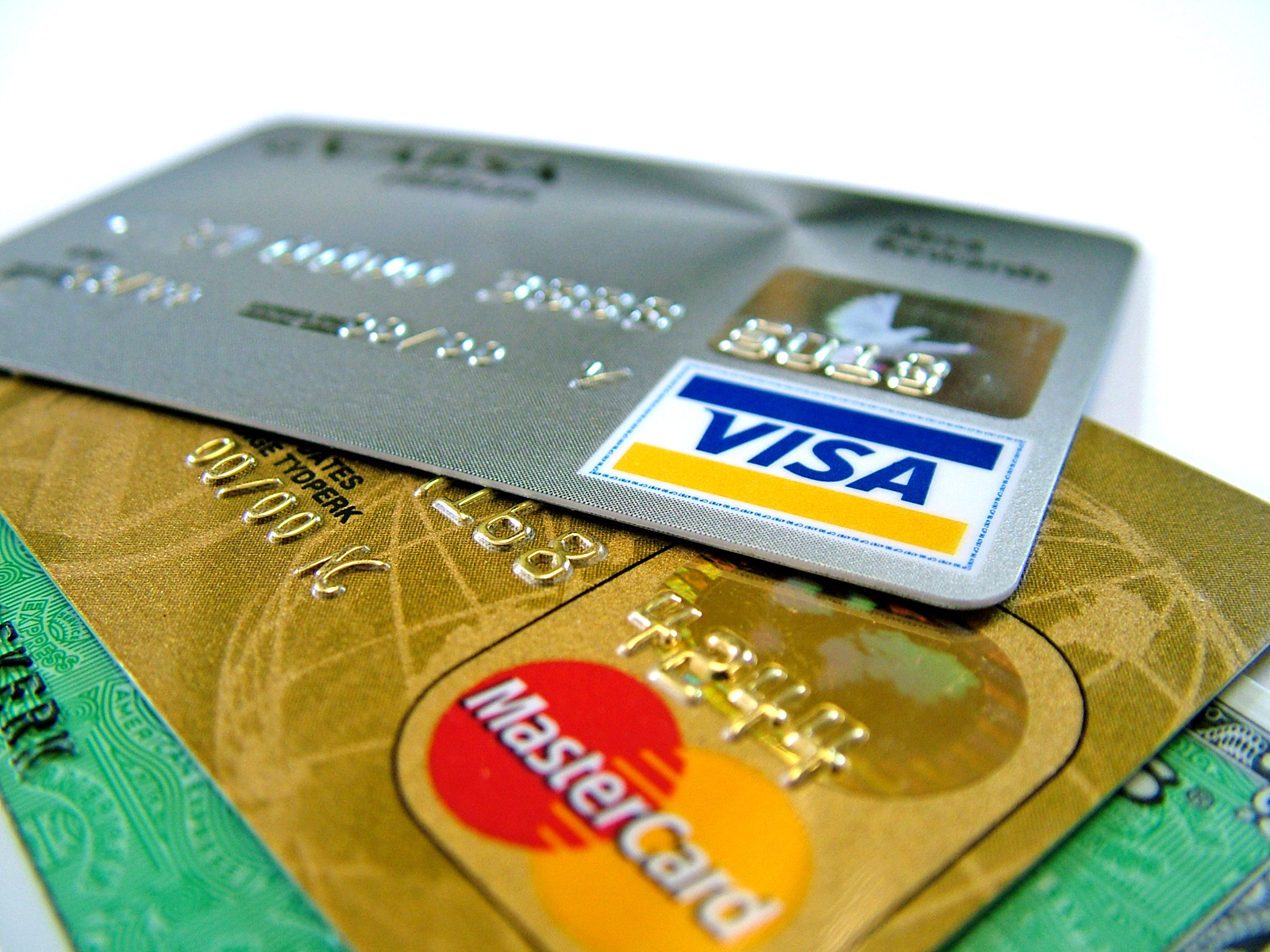With payment technology, such as e-payments and self-service checkouts on the increase, more and more consumers are choosing to pay via their ‘contactless’ payment methods.

“Customers are adopting new ways of paying that deliver advantages for them and for retailers,” Stephen Robertson, Director General at the BRC said.
But are the modern payment methods good news for the banks as well as retail commercial properties?
The British Retail Consortium (BRC) have gathered findings from retailers showing what payment methods people are choosing to use in retail commercial properties. The survey, which was conducted in 2011, recorded the payment method accounted for 9.4 billion transactions equating to £178 billion.
Currently credit card payments cost retailers 36.2 pence each, whereas debit card transactions cost 9.6 pence. But contactless methods, like e-payments are coming in the cheapest at 7.9 pence. So it is no wonder that half of those surveyed want to be ready by the end of this year to accept this modern payment method.
Stephen said: “Other payment methods, such as mobile, PayPal, Google and similar products, are challenging the banks’ market domination. Very quickly, those payment methods have gone from a standing start to accounting for £1.2 billion of retail sales per year.
“Customers are choosing to use a payment method that doesn’t always involve the banks and is the cheapest non-cash way for retailers to take money. With the market moving away from them, the banks should be making their transaction charging regimes clearer and, above all, cheaper for retailers.”
Have you used e-payment methods to buy products in retail commercial properties? Do you think the charges by banks are fair for using a credit or debit card?